May 24, 2025 | 10:30 GMT +7
May 24, 2025 | 10:30 GMT +7
Hotline: 0913.378.918
May 24, 2025 | 10:30 GMT +7
Hotline: 0913.378.918

The Ministry of Agriculture and Rural Development met with the Netherlands Embassy in Vietnam and the De Heus Group on the issue of building a new model of livestock cooperatives. Photo: Pham Hieu.
On the afternoon of April 4, MARD, the Embassy of the Netherlands and De Heus Group jointly convened a meeting to exchange the idea of building a new model of livestock cooperatives in Vietnam in general and the Central Highlands region in particular.
According to Deputy Minister of MARD Phung Duc Tien, the Central provinces notably the five Central Highlands provinces have great potential to enhance livestock production but both size and density are still low compared to other regions.
A report from the Department of Economic Cooperation and Rural Development states that the country has 18,340 agricultural cooperatives by the end of 2021, including 1,003 livestock cooperatives, accounting for 5.4 percent of the total. The trend of transfer among livestock cooperatives between the deltas and midland and mountainous areas has been subtle in recent years. Currently, livestock cooperatives in the delta account for 35.3 percent; midlands and mountainous areas make for 64.7 percent of the total number of livestock cooperatives in the nation.
“The number of livestock cooperatives with effective operation is still low. With advantageous conditions of a large area for cassava and maize production of the five Central Highlands provinces, the growth of livestock cooperative attaching to the material area is a problem that needs to be handled right now”, Deputy Minister Phung Duc Tien highlighted the issue.
According to Mr. Tong Xuan Chinh, Deputy Director of the Department of Livestock Production, the Central Highlands area need to concentrate more investments on livestock development. The area is significantly lacking animal feed mill systems. Therefore, Mr. Chinh noted that if the Central Highlands region wants to orient the development of the high-tech livestock sector, besides developing raw material regions, it is required to create facilities to process entire mixed animal feed or concentrated animal feed…
For his part, Director of the Department of Crop Production Nguyen Nhu Cuong stated that the potential to boost green feed mills of Central Highlands is great. And it is vital to help transformation methods for farmers.
“The Department of Crop Production commits to cooperate with the Netherlands to work out support for farmers as well as livestock producers transforming their green feed cultivation structure according to sustainable, organic, and circular orientation”, Mr. Nguyen Nhu Cuong shared.
Head of the Department of Animal Health Pham Van Dong affirmed collaboration with communities and De Heus Group to work effectively on epidemic control and biosafety livestock to promote the added value of the livestock sector in the Central Highlands area.
The Netherlands is a country with a strong tradition of creating cooperatives, helping to the prosper of the Dutch agriculture business. The practical situation shows that the growth of cooperatives and the incomes of Dutch farmers have been elevated. In the Netherlands, cooperatives account for 50 percent of livestock feed production market share and 75 percent of livestock market share.
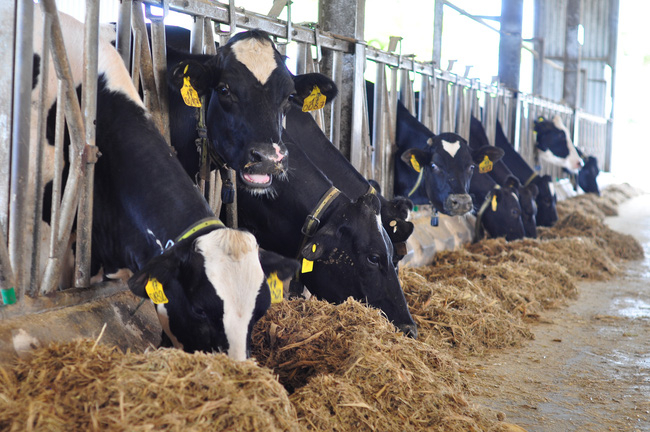
The Central Highlands region has great advantages for livestock development, but both the scale and density are still low compared to the whole country.
“The experience of the Netherlands has proven that there will not be a cooperative model that is ideal for all areas but also depends on the demands of industry groupings and agricultural households. Currently, Vietnam is significantly dependent on the import of raw materials for animal feed. Therefore, the trend of focusing on creating animal feed materials to help to climate change adaptation and building circular agriculture in Vietnam is the right direction," Mr. Willem Schoustra analyzed.
In concluding the discussion, Deputy Minister Phung Duc Tien underlined that the cooperative sector plays a vital role in the agriculture ecosystem involving the State, companies, cooperatives, and farmers.
"For a long time, the connection between Vietnamese farmers and businessmen remained vague. The Netherlands, with its 17 million people and 30 million cooperative members, can assist Vietnam in developing cooperatives to strengthen the interaction between farmers and companies," Deputy Minister MARD said.
Due to the high demand for livestock feeds and circular livestock, the MARD leader proposed that the Netherlands assist Vietnam in developing the cooperative sector in general and livestock cooperatives in particular.
Simultaneously, the Deputy Minister requested that the Department of Economic Cooperation and Rural Development collaborate with the Department of Crop Production to assist the association of cooperatives in the Central Highlands that cultivate cassava, maize, and other crops for animal feed.
Additionally, the Deputy Minister directed that the Department of Economic Cooperation and Rural Development, the Department of Livestock Production, and the Department of Animal Health build a breeding area to assure disease safety in the red basaltic soil raw material region.
According to Gabor Fluit, CEO of De Heus Asia, the De Heus Group views the strategic cooperation between Vietnam and the Netherlands in agricultural development as an opportunity for the Group to expand in Vietnam in general, and the Central Highlands region in particular, because Vietnam is a source of high-quality breeding and raw materials for animal feed.
"The De Heus Group views cooperatives as an appropriate model for farmers interested in developing plant material regions for animal feed. This model is capable of joining the Group's chain of links. As a result, De Heus Group is committed to guaranteeing the output of farmers' products," Mr. Gabor Fluit said.
Translate by Linh Linh
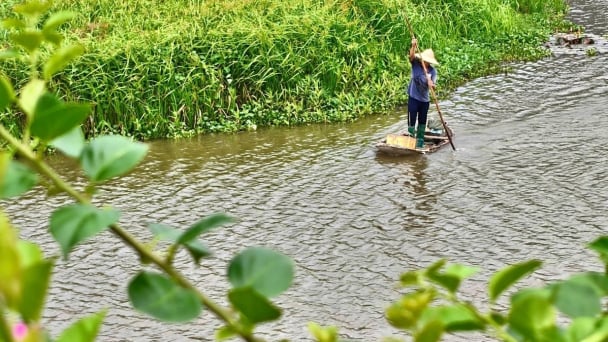
(VAN) In the tranquil wetlands of Van Long, there are quiet souls who guard the forests, nurture the waters, and oversee every bird and troop of langurs as protecting the essence of a living heritage.
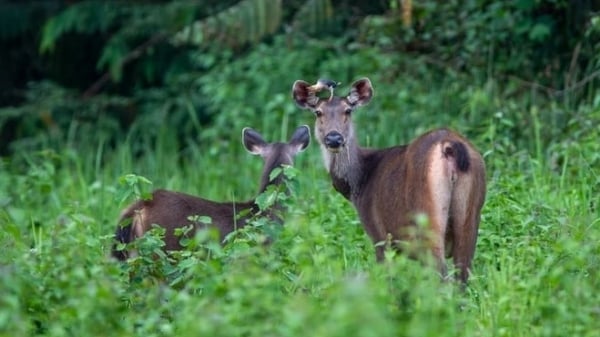
(VAN) WWF, GIZ, IUCN, UNDP call for biodiversity conservation and sustainable development must be regarded as a unity in strategies for a green future.
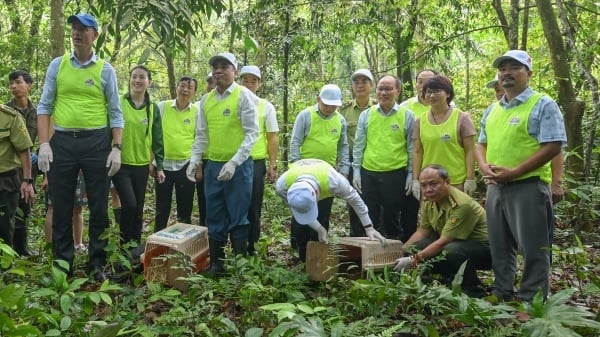
(VAN) On celebration of International Day for Biological Diversity, Deputy Minister Nguyen Quoc Tri called for practical actions to address nature and biodiversity conservation.
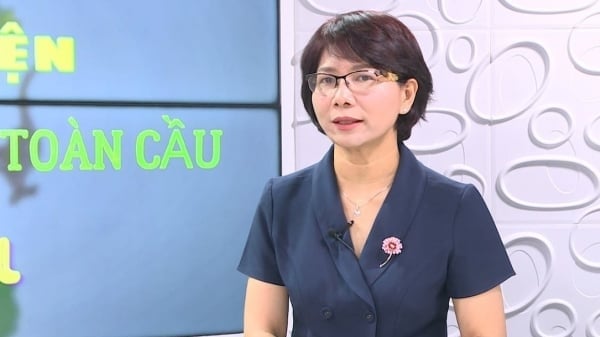
(VAN) Dr. Hoang Thi Thanh Nhan – Deputy Director of the Nature and Biodiversity Conservation Agency – highlighted this on the International Day for Biological Diversity, May 22, 2025.
![Ho Chi Minh city adapts to climate change: [2] Accelerating action](https://t.ex-cdn.com/nongnghiepmoitruong.vn/608w/files/chiqk/2025/05/22/4024-4220-bien-doi-khi-hau-1-100626_766.jpg)
(VAN) Clearly recognizing the challenges posed by climate change, Ho Chi Minh city has swiftly shaped its policies and implemented practical solutions to adapt.
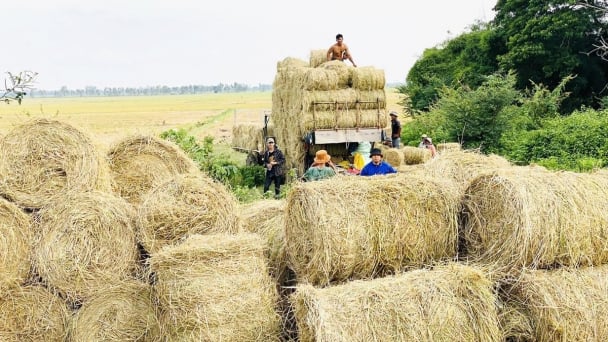
(VAN) Rice straw is no longer just a discarded byproduct, but it is becoming a green resource that helps farmers in the Mekong Delta reduce emissions and promote circular, sustainable agriculture.
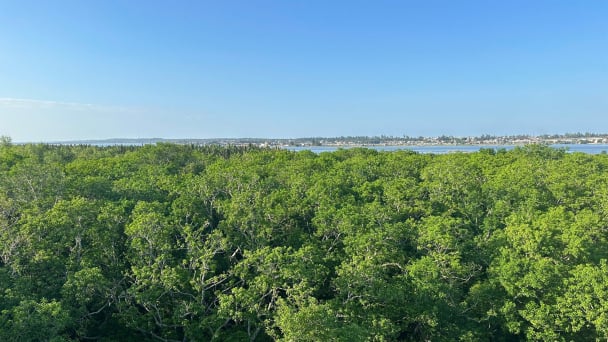
(VAN) Other Effective Area-based Conservation Measures (OECMs) are solutions that contribute effectively to achieving the goals of the Kunming–Montreal Global Biodiversity Framework.